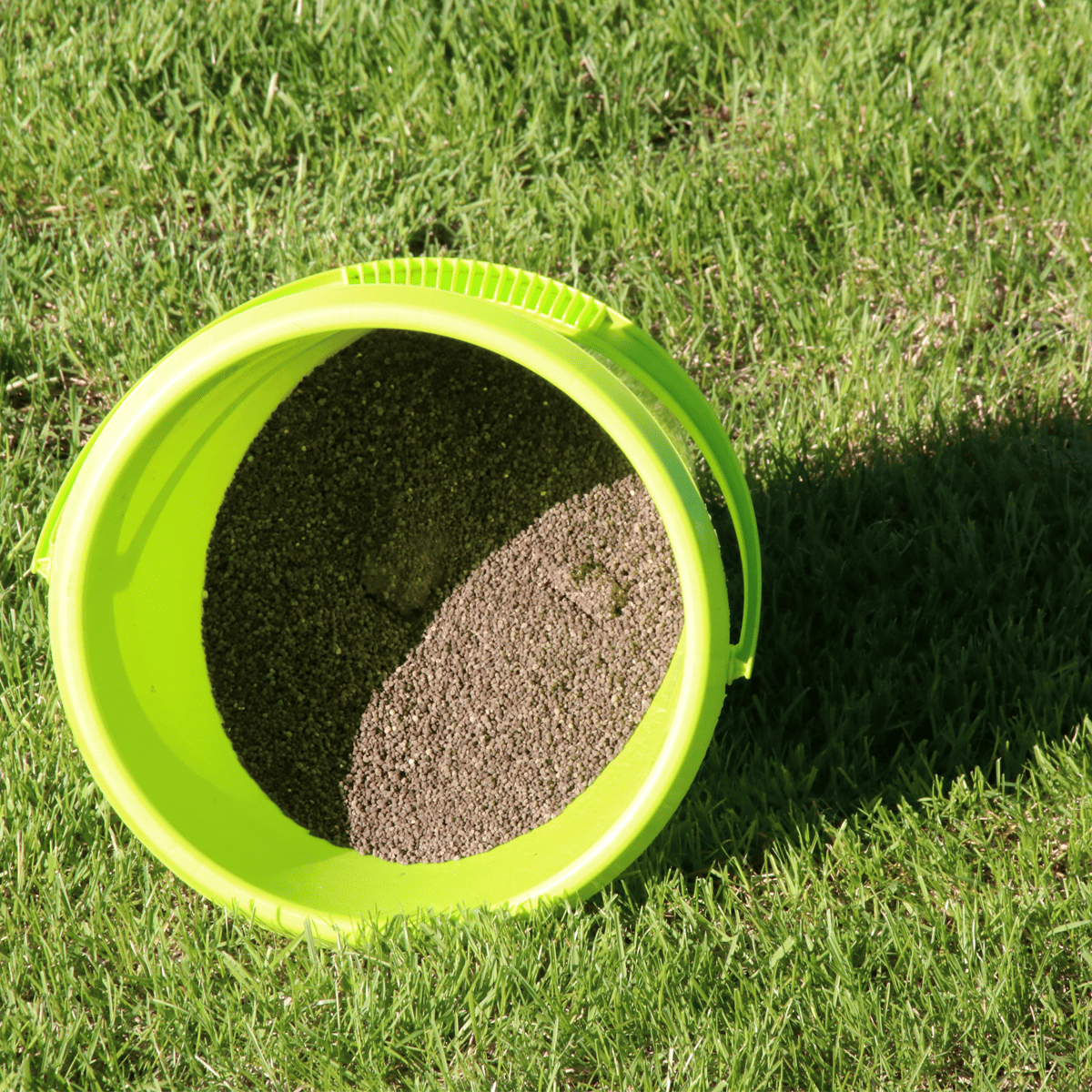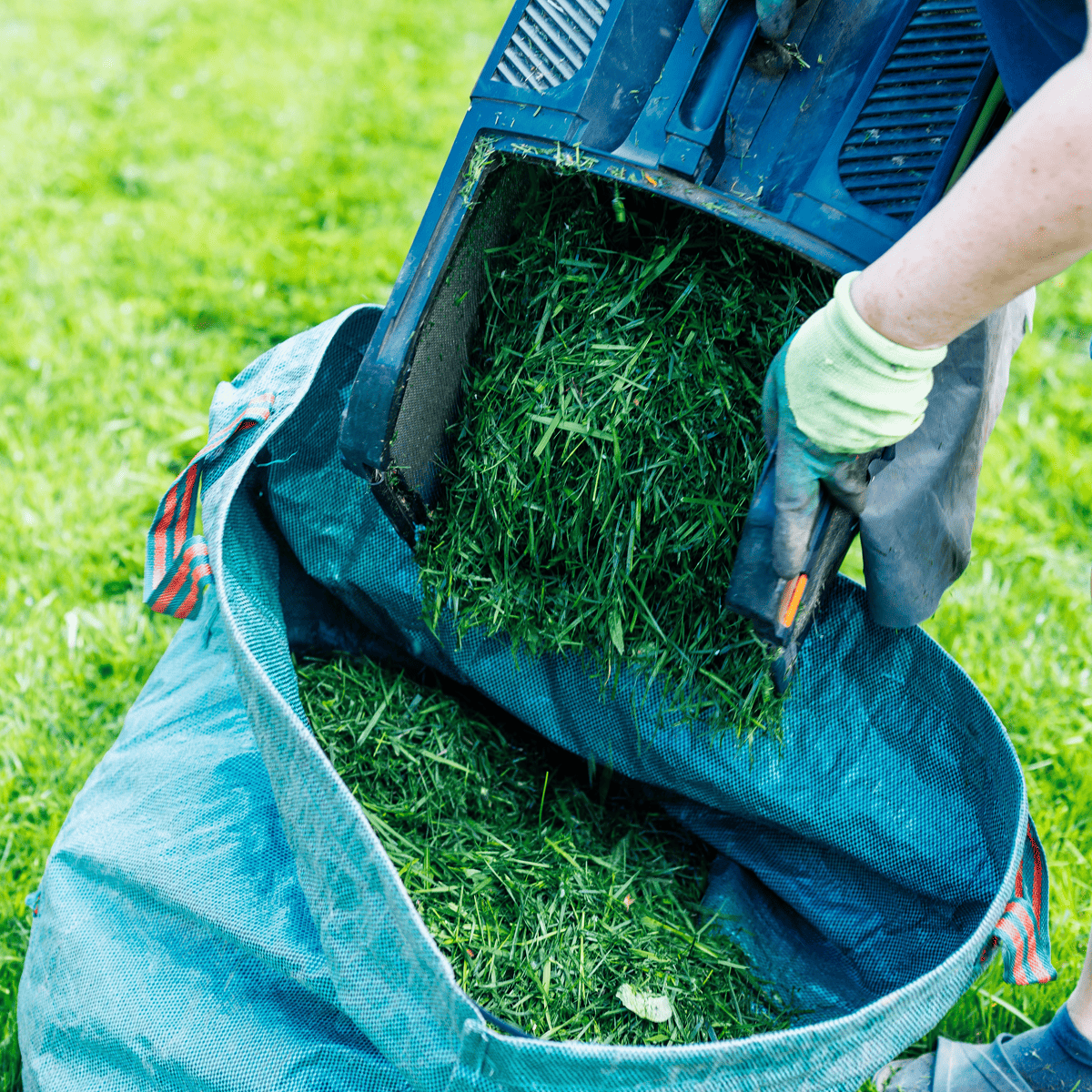Subscribe and save 17% with an annual subscription. Learn more.
Subscribe and save 17% with an annual subscription. Learn more.
A healthy, green lawn doesn’t just happen on its own—it needs the right nutrients at the right time to thrive. Fertilising your lawn provides essential elements like nitrogen, phosphorus, and potassium that fuel healthy growth, promote strong roots, and enhance colour. However, with Australia’s diverse climates and soil types, knowing which fertiliser to use and when to apply it is key to achieving the best results.
At Wirri, we believe in simple, eco-friendly lawn care solutions that deliver great results. In this guide, we’ll break down everything you need to know about fertilising your Australian lawn, from choosing the right product to understanding seasonal timing.

Just like any living plant, your lawn needs nutrients to grow and stay healthy. Over time, the soil naturally loses nutrients due to factors like leaching, mowing, and general wear and tear. Fertilising replenishes these nutrients, ensuring your lawn can maintain lush growth throughout the year.
The three main nutrients your lawn needs are:
Fertilisers typically list these nutrients on the packaging as an N-P-K ratio, indicating the percentage of each nutrient in the mix. For example, a fertiliser with an N-P-K ratio of 10-5-10 contains 10% nitrogen, 5% phosphorus, and 10% potassium.
Choosing the right fertiliser for your lawn depends on your grass type, the season, and the specific needs of your soil. Here are some of the best fertiliser types for Australian lawns:
Slow-release fertilisers are designed to gradually release nutrients into the soil over time. This provides a steady supply of nutrients without causing rapid, excessive growth. Slow-release fertilisers are great for maintaining consistent lawn health throughout the growing season.
Benefits:
When to Use: Apply in early spring and late summer for warm-season grasses or in early autumn and spring for cool-season grasses.
Organic fertilisers are made from natural ingredients like compost, manure, or seaweed. They not only provide essential nutrients but also improve the soil’s structure and promote the activity of beneficial microorganisms. Organic fertilisers are ideal for eco-conscious gardeners looking to reduce their environmental impact.
Benefits:
When to Use: Apply throughout the year, focusing on spring and autumn for optimal results.
Liquid fertilisers are applied using a hose or sprayer, allowing for quick nutrient absorption by the grass. They’re great for giving your lawn a fast boost, particularly if your grass is looking dull or stressed.
Benefits:
When to Use: Apply as needed, particularly in the growing season when your lawn needs a quick nutrient boost.
Weed-and-feed fertilisers combine lawn fertiliser with weed control, providing two benefits in one application. These products are especially useful in spring and autumn, when weeds are most active.
Benefits:
When to Use: Apply in early spring or autumn when weeds are actively growing. Avoid using weed-and-feed products during the height of summer, as the herbicide component can stress your lawn during hot weather.
Different grass types have different nutrient needs, so it’s important to tailor your fertiliser application to the type of lawn you have.
Warm-Season Grasses (Buffalo, Kikuyu, Couch, Zoysia)
Warm-season grasses thrive in Australia’s hot climate and grow most actively in spring and summer. These grasses benefit from higher nitrogen fertilisers that promote vigorous growth and improve their drought resistance.
Best Fertiliser: Use a slow-release fertiliser high in nitrogen (N) during the growing season to keep your lawn green and strong. Organic fertilisers are also great for maintaining soil health.
When to Fertilise:
Cool-Season Grasses (Tall Fescue, Ryegrass)
Cool-season grasses are more common in southern Australia and grow most actively in autumn and early spring. These lawns benefit from balanced fertilisers that support steady growth and enhance root development.
Best Fertiliser: A balanced fertiliser with a moderate N-P-K ratio will support healthy growth throughout the cooler months. In autumn, switch to a fertiliser higher in potassium to prepare the lawn for winter.
When to Fertilise:

Your lawn’s nutrient needs change throughout the year, so it’s essential to adjust your fertilising schedule accordingly. Here’s a general guide to fertilising based on Australia’s seasons:
Spring is the ideal time to give your lawn a boost after the cooler winter months. As your grass begins to grow actively, apply a nitrogen-rich fertiliser to encourage lush, green growth.
Tip: For warm-season grasses, apply your first round of slow-release fertiliser in early spring to promote strong early growth. For cool-season grasses, a balanced fertiliser will help your lawn recover from winter dormancy.
During the hot summer months, your lawn will face stress from heat and drought. While fertilising can help, it’s important not to overdo it. Stick to slow-release fertilisers that provide steady nutrition without causing excessive growth.
Tip: Water your lawn deeply after fertilising to help the nutrients penetrate the soil. Avoid fertilising during periods of extreme heat, as this can burn the grass.
Autumn is an important time for fertilising, as it helps prepare your lawn for the cooler months ahead. Focus on fertilisers that are higher in potassium, which strengthens your grass and improves its cold and drought tolerance.
Tip: For cool-season grasses, autumn is a great time for overseeding and fertilising to encourage new growth before winter sets in.
In winter, your lawn’s growth will slow down, especially for warm-season grasses, which may go dormant. In most cases, you won’t need to fertilise during winter, but if you have cool-season grasses, a light application of fertiliser can support steady growth.
Tip: Avoid fertilising warm-season lawns during winter, as they’re not actively growing and won’t be able to absorb the nutrients.
To get the best results from your fertiliser, it’s important to apply it correctly. Here are some best practices to follow:
Fertilising is a key component of maintaining a healthy, resilient lawn, but it’s important to choose the right product and apply it at the right time. By understanding your grass type, following a seasonal fertilising schedule, and using eco-friendly products, you can give your lawn the nutrients it needs to thrive year-round.
At Wirri, we’re here to help you achieve the best results with our eco-conscious lawn care products. Our subscription service delivers everything you need—tailored to your lawn type and the season—so you can enjoy a beautiful, green lawn with less hassle.
Ready to give your lawn the nutrition it deserves? Join the Wirri community today and take the guesswork out of fertilising with our expert guidance and sustainable products!
For more lawn care tips, seasonal advice, and product recommendations, follow the Wirri blog. Stay tuned for updates!
Stay in the loop with special offers, lawn care tips, and more.


Wirri supports Trillion Trees Australia, the UN Sustainable Development Guide and Pledge 1% among other progressive initiatives.
Wirri acknowledges the Australian Aboriginal and Torres Strait Islander Peoples as the first inhabitants of this nation and the traditional custodians of the lands on which we live, work, and care for our environment. We recognize their continuing connection to land, water, and sky and pay our respects to Elders past, present, and emerging.